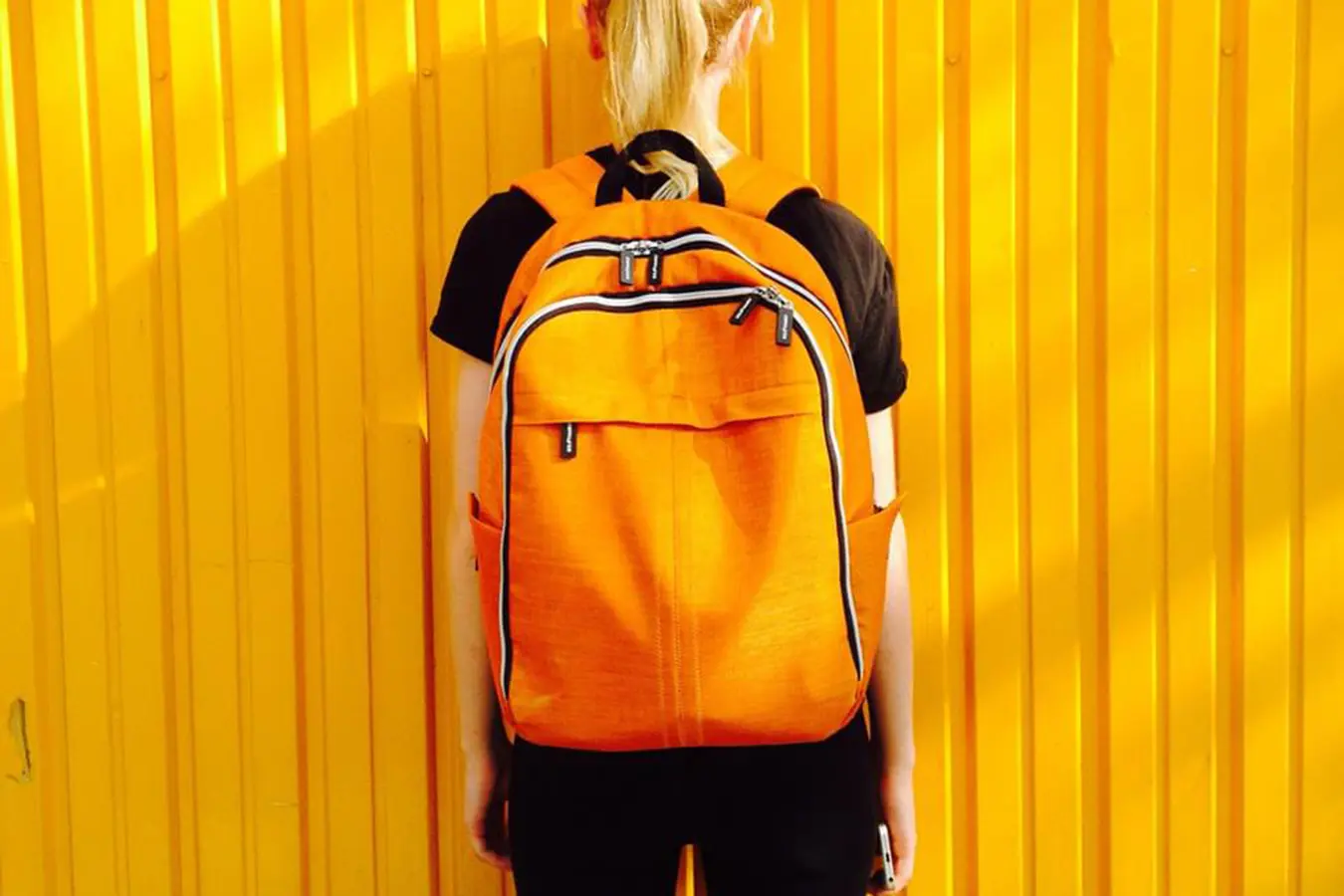What Every Parent Must Know Before Buying a Child’s Backpack

What Every Parent Must Know Before Buying a Child’s Backpack
It’s back to school time!
As every parent who’s ever been back-to-school shopping knows, backpacks come in just about every shape, size, and color. As handy as backpacks are, though, they can also strain your child’s muscles and joints and may cause back pain if they’re too heavy or are misused. It happens more often than you might think!
Here’s how to make sure you’ve found the right backpack.
Signs of Backpack Strain
Is your child noticeably dragging at the end of the day, more so than from typical activities? Your child may be experiencing symptoms from backpack strain, either from the pack being too heavy or fitting incorrectly. Some warning signs to watch for:
1. Your child is experiencing headaches that start out at the base of the skull.
2. Neck pain.
3. Back pain between the shoulder blades.
4. Red marks on the shoulders.
5. Numbness in your child’s arms and hands.
6. Your child’s shoulders are rolled forward, stomach is sticking out, or they’re bending at the waist when wearing the backpack.
Ensuring the Proper Fit
Before signing off on the first pack your child picks out, take a moment to ensure it’s the right backpack for his or her size and needs. Specifically:
Your child’s backpack should match their torso measurement, not their height.
First, stand behind your child and find their C7 vertebra – that big bump at the top of the back, between the shoulders.
Next, locate your child’s hip bones. Place your index fingers on either side of their hip bones with your thumbs pointing toward each other, along with your child’s back. Find the point on your child’s lower back right in the middle of where your thumbs are placed.
Finally, grab a tape measure (or if you don’t have one, use a long piece of string you can later measure with a ruler) and measure from the C7 vertebra to that point on your child’s back between their hips, and you’ll have the correct torso measurement.
Or if you prefer to eyeball it, the pack should not be wider or longer than your child’s torso or hang more than 4 inches below the waist.
Look for extra features to protect your child’s back.
Extra belt or hip straps allow the hips to absorb most of the backpack’s weight, thus giving the shoulders and upper back a break.
A sternum strap connects the pack straps across your child’s chest, keeping the backpack straps taught across the chest for a much more comfortable fit. The straps will also dig into your child’s shoulders far less.
Some backpacks also come with wheels. Making use of a backpack’s wheels for even part of the school day can make a big difference in the strain on your child’s back. A word of caution: instruct your youngster to keep wheeled packs out of walkways, to prevent classmates from tripping over the handle or wheels.
Shop at a camping store for a higher-quality pack selection.
Camping gear is typically ergonomically designed and made of more durable materials, thicker padding, and wider straps. As an example, shoulder straps and load lifters, commonly found on camping daypacks, customize the fit of a pack while taking the pressure off your child’s shoulders and upper back. Use these shoulder straps and load lifting straps to create a comfortable fit across the shoulders, and a snug fit on the back.
Guidelines for packing a backpack
Once you’ve found a backpack that fits your child well, plenty of thought should go into packing it. Both how and what you pack impacts the overall fit and weight impact on your body. Three helpful tips:
- Use all of the backpack’s compartments provided to distribute the weight thoughtfully.
- The heaviest items should be placed at the bottom of the backpack, closest to your child’s back.
- Lighter items go closer to the top.
- Bumpy, irregularly-shaped items go on the outside of the backpack, furthest from the spine.
2. Have a “backpack cleanout” every few weeks.
Whenever possible, remind your child to carry only the supplies needed for that day. If your child’s school allows for keeping a duplicate set of books at home, take advantage of it. Every few weeks, remove old papers, books or unneeded items.
3. Keep the weight of the backpack to no more than 5-10% of your child’s body weight.
The American Chiropractic Association recommends limiting the weight of adolescent backpacks to prevent injury to the back, spine, neck, and shoulders. Remember, the longer a child wears a backpack, the longer it takes for the curvature of the spine to return to normal. More and more children are experiencing back pain, drawing widespread attention across the country to the problem.
If you’re concerned that about your child’s pain, or would like a check-in to make sure you’re doing all you can for your child’s shoulder, neck and back health, make an appointment with us online or call us at 256-721-9696.
This article is for informational purposes only and is not a substitute for professional medical advice.

